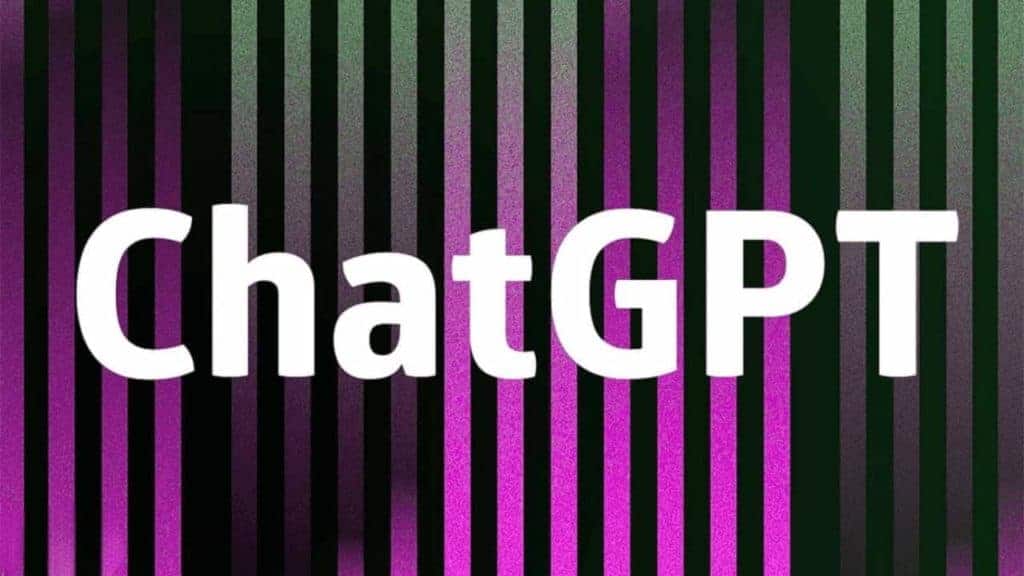The realms of artificial intelligence have witnessed an upsurge, comparable to the Renaissance in its scale and impact. The canvas of AI is vast and complex, with its brushstrokes evident in every nook and cranny of the digital world. Amid this vibrant tapestry, there’s an art piece that stands out – Chat GPT. As Michelangelo was to sculptures, Chat GPT is to chatbots, adding depth and nuances that redefine the conversational AI landscape.

The Science Behind Chat GPT
Before Chat GPT, chatbots had a more mechanical semblance. They were often rigid and predictable. But then emerged the beast called GPT – the Generative Pre-trained Transformer – a paradigm shift in neural networks and machine learning. Its foundation rests upon intricate layers of machine learning algorithms that simulate human thought patterns, albeit within the constraints of its programmed knowledge.
Unlike its ancestors who, at times, sounded like a broken record, GPT-3, an earlier iteration, absorbed patterns from approximately 500 billion tokens (units that simplify language models’ processing) to predict coherent follow-up text. OpenAI further enhanced GPT-4, likely integrating a much larger number of parameters, refining the training mechanisms to perfect its contextual understanding.
The essence of Chat GPT’s functioning mirrors a “finish the sentence” game, only on a grander scale. While it impressively simulates human-like conversation, its knowledge generation isn’t about recall, but rather pattern-based prediction, curating strings of words based on ingrained data points. As advancements continue, the line between GPT’s generated responses and human conversations is blurring, setting the stage for an unprecedented era in AI communication.
Chat GPT in the Realm of Social Media
The digital agora, better known as social media, thrives on engagement. With the dwindling attention span of netizens, the challenge is to hold, engage, and intrigue them. Chatbots, especially the likes of Chat GPT, have become the knights in shining armor for many digital strategists.
Imagine this: A fan of historical dramas reaches out to a series’ official Twitter handle with an inquiry. Instead of waiting hours for a human response, they’re greeted by a chatbot that not only provides information but also recommends similar shows. It feels personal, like chatting with a friend who knows your taste. Now, this is a simple representation, but the applications are vast.
Innovative Interactions: Netizens and Their Unique Uses of Chat GPT
For the more avant-garde netizens, they’re turning this tech into their personal oracle. Some curious minds have started channelling their interactions with Chat GPT for the quirkiest of tasks. Asking for a random number for their next move on board games, or even to place a bet on platforms like 32Red play roulette online. Others use it as a digital muse, seeking inspiration for art, poetry, or music. And for the trivia lovers? They’re ditching the cumbersome process of internet browsing, simply shooting questions at the bot. Who knew AI could double up as a partner for a spontaneous game night?
Challenges and Future Directions for Chat GPT
Yet, like all masterpieces, Chat GPT isn’t without its critics. Detractors argue about its potential misuse, ethical considerations, or its occasional faux pas in conversations. The challenge is ensuring that while the bot learns, it doesn’t inherit biases or perpetuate misinformation.
Speculating about its future, one can envision a Chat GPT that’s more intuitive, adapting not just to language but also to emotions, perhaps detecting user moods through text nuances. Given the trajectory of quantum computing and augmented reality, we might even see a 3D holographic chatbot, fusing Chat GPT’s prowess with visual stimuli. It’s a heady mix of science fiction and imminent reality.